Want to save money? Stop paying for gas.
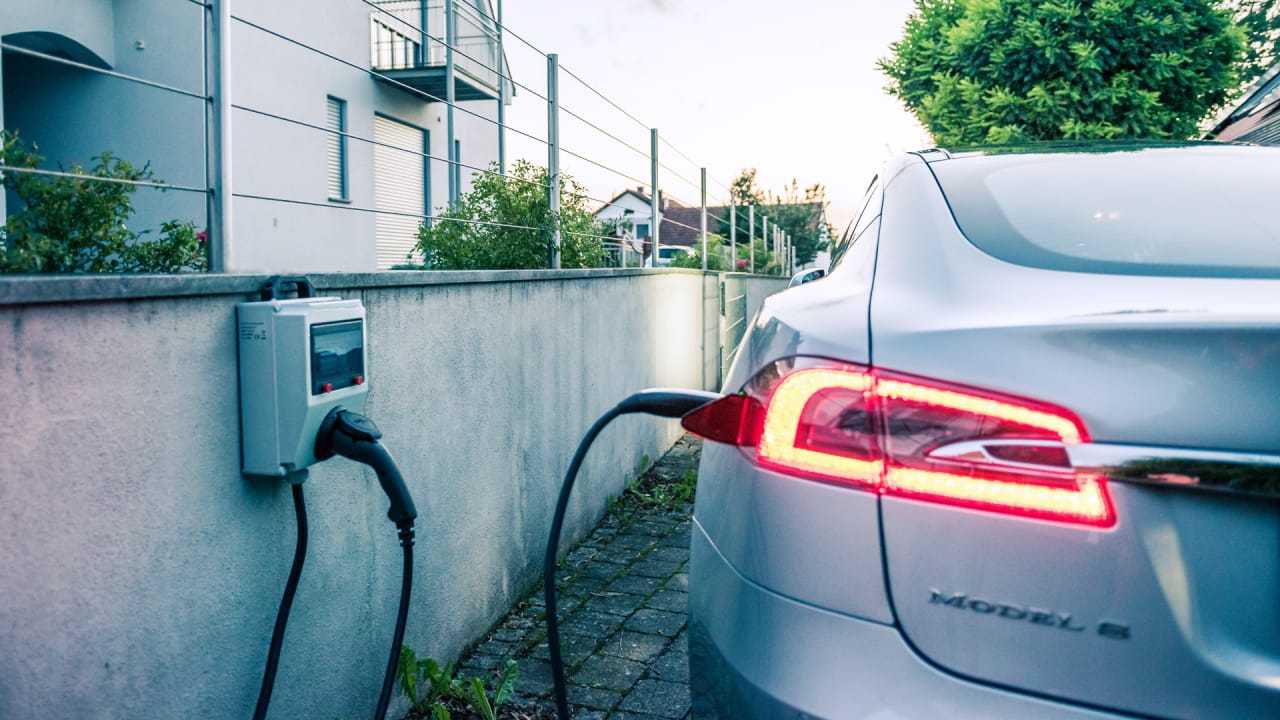


Home builders are starting to see the advantage of incorporating solar and energy storage products directly as part of their offerings. One home builder in Australia decided to make solar arrays and Tesla Powerwalls standard in 50 “knockdown rebuild homes” and claims that ‘it’s like putting around $50,000 in your pocket’. Earlier this week, we reported on how Tesla’s giant Powerpack system in Australia made around $1 million in just a few days through the country’s wholesale electricity market. Homeowners can do the same on a smaller scale if they have a home solar array and a Powerwall, Te…
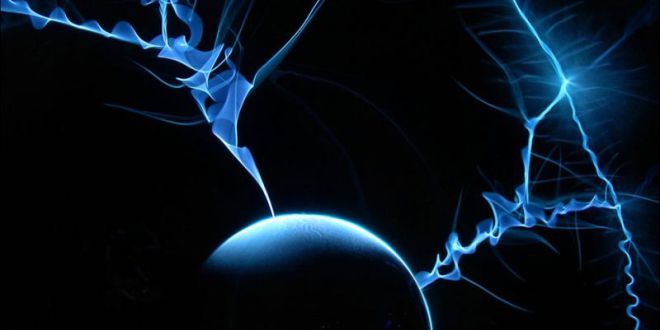
Washington: Scientists have discovered a new material for next-generation smart windows that not only darken automatically when the Sun is too bright but also convert solar energy into electricity.
Researchers at the Lawrence Berkeley National Laboratory (Berkeley Lab) in the US found a form of perovskite that works well as a stable and photoactive semiconductor material that can reversibly switch between transparent and non-transparent state, without degrading its electronic properties.
The scientists made the discovery while investigating the phase transition of the material, an inorganic perovskite.
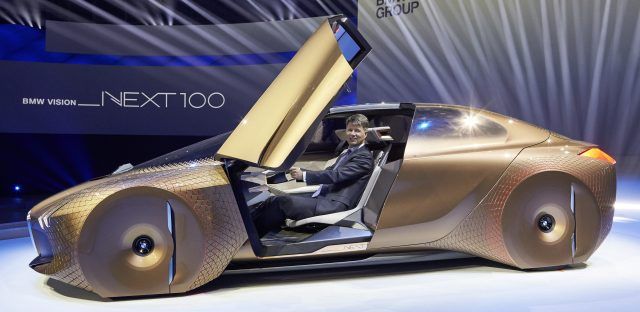
BMW is promising a series of new all-electric cars starting next with the first all-electric Mini, but the most anticipated one is the 2021 iNext electric vehicle, which the German automaker has been positioning as a Tesla Model 3 competitor.
They are now hinting at a major range increase for the upcoming vehicle.
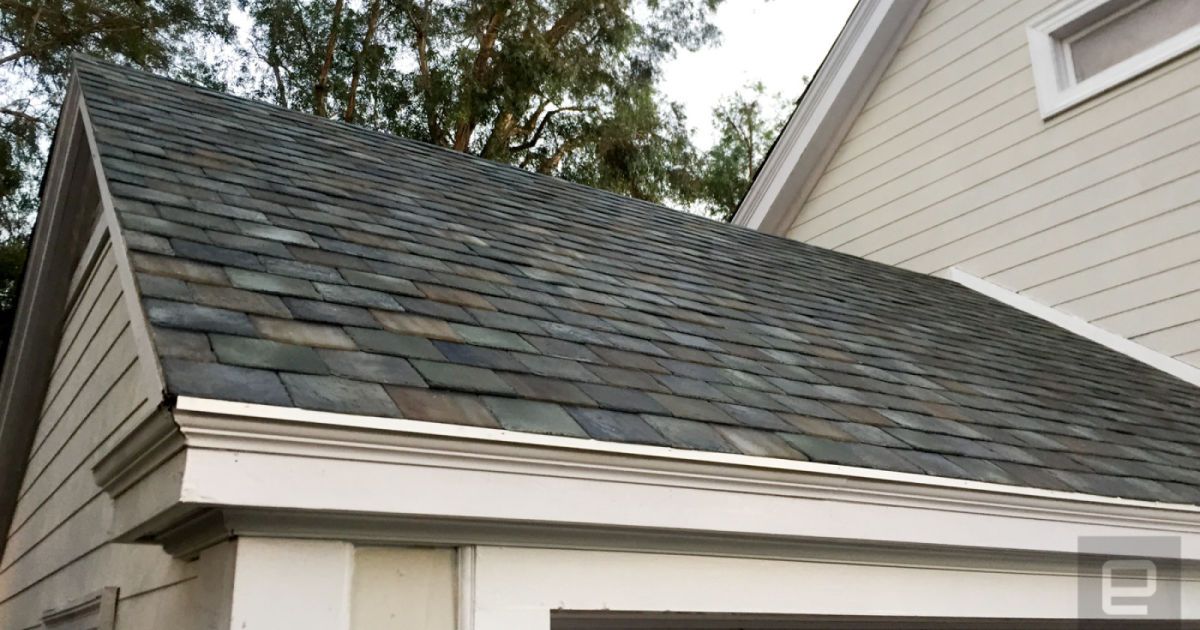
Tesla has apparently begun manufacturing its solar roof tiles at its Buffalo, New York, factory, according to Reuters. The company is also starting the process of surveying the homes of people who placed a deposit on the tiles last year for installation purposes. We’ve reached out to Tesla for confirmation.
Preorders for the solar roof tiles began back in May; customers paid $1,000 as a deposit on the product, and US installation was supposed to start in the summer of 2017. However, unsurprisingly, the process was delayed. But now, it looks as though most of the kinks have been worked out, and Reuters reports that the roofs will be installed in coming months.
Tesla claims that the solar roof tiles will cost less than a typical roof, around $21.85 per square foot instead of $24.50. The tiles are a solid option if you’re planning on replacing your roof in the next few years, or if you’re considering solar panels. The tiles look like regular shingles; in fact, not every shingle installed is solar, though you can’t distinguish between the two. You can customize what percentage of your roof tiles are solar in their online tool; the max is 70 percent. Obviously, the more solar panels you install, the more expensive your roof is. The company is still taking preorders with $1,000 deposits. You can sign up at their website if you’re so inclined.

Lightyear One, a car whose ability to use solar power has been thought of as an impossible feat, just won a Climate Change Innovator Award.
Designed by the Dutch startup Lightyear, the “car that charges itself” can supposedly drive for months without charging and has a 400–800 km range. But is a solar-powered car feasible?
For years, the concept of “solar-powered cars” has loomed over the electric car industry as a hopeful, possible future. But there are many who argue that this concept is not only impractical, it is basically impossible.
The extinction of various species has led to a segregation of human activity and natural activity, says Stewart Brand of The Long Now Foundation, which focuses on long-term strategies for the next 10,000 years. The organization develops biotechnology to allow humans to better co-exist with nature. In this interview filmed at the 2016 Aspen Ideas Festival, Brand discusses how biotechnology can be used to bring back the passenger pigeon from extinction and mitigate climate change at last.
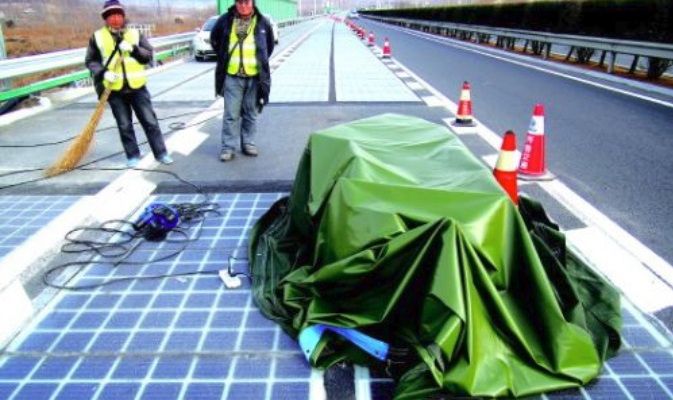
I guess the idea works, but there’s one little snag.
Putting solar panels into our roads isn’t the craziest idea, but we may as well admit that it poses some unique challenges. For instance, people may want to walk away with pieces of it. That’s what happened in China, anyway, just five days after authorities opened up what they claim is the world’s first solar panel-paved highway.
As reported by the Qilu Evening News (and noted by TechNode), the experimental kilometer-long stretch of road in Shandong is covered in more than 10,000 solar panels, sandwiched between an insulating layer on the bottom and a durable, transparent one on top — less than 3 cm thick all told. There are coils that can charge electric cars as they drive over it, and the system can even warm up in order to melt snow and ice. It opened to use on December 28.
Unfortunately, during an inspection on the morning of January 2, officials found a narrow piece missing, neatly cut. About 6 inches wide and 6 feet long, the piece didn’t appear to have detached on its own — suggesting someone stole it. But why?

All animals need to breathe oxygen and we know that regions of the ocean that are losing oxygen are becoming more and more common. We’re seeing the marine animals leaving those areas.
Almost two dozen marine scientists from around the world have issued a warning about an often-overlooked side effect of climate change and pollution.
In a paper published this week in Science, they say oxygen is disappearing from increasingly large areas of ocean and threatening marine life.
The research, sponsored by an international body affiliated with UNESCO, finds the problem has been growing since the 1950s. Over the last 50 years, the amount of affected ocean has expanded by 4.5 million square kilometres to 32 million square kilometres of coastal and deep-sea water.